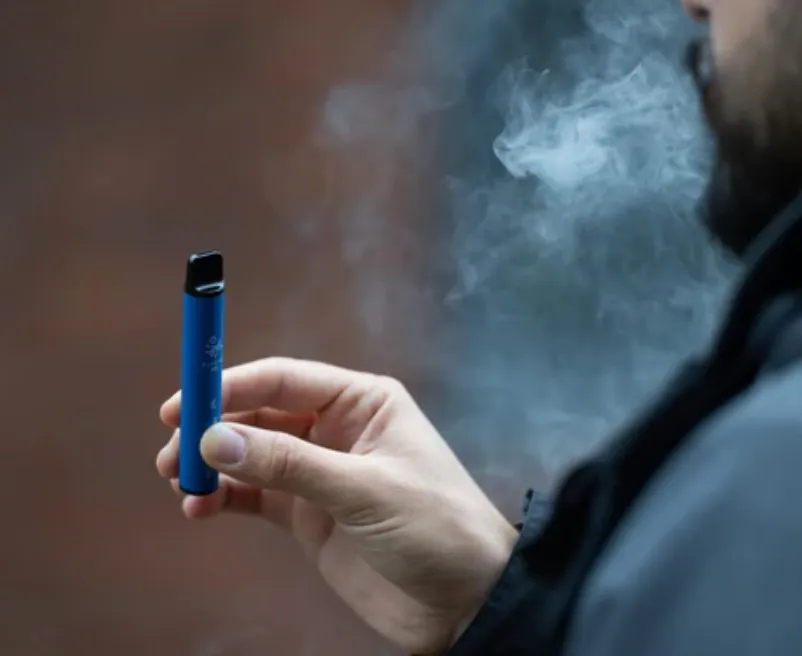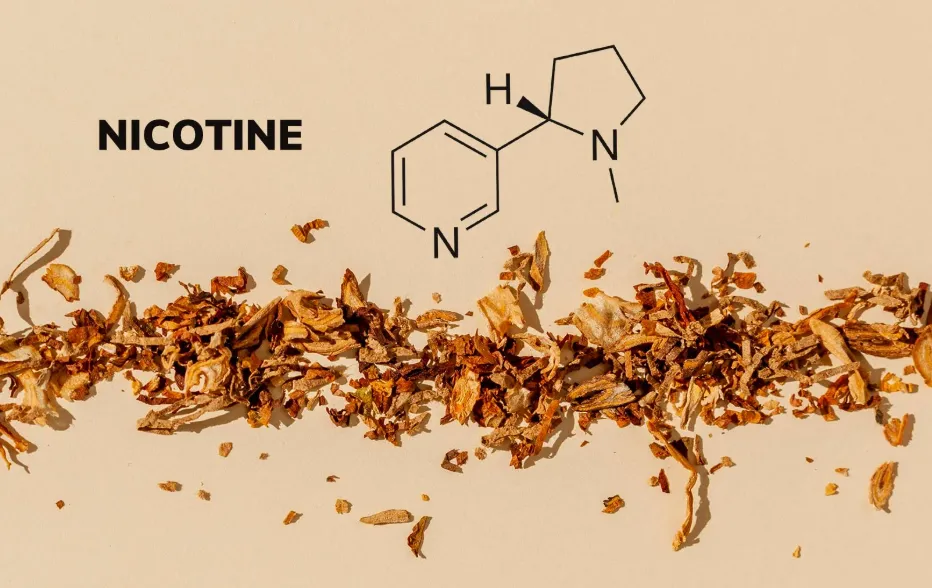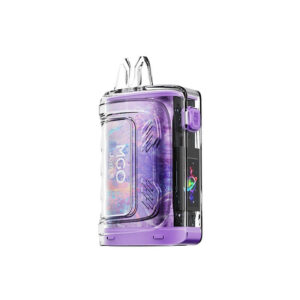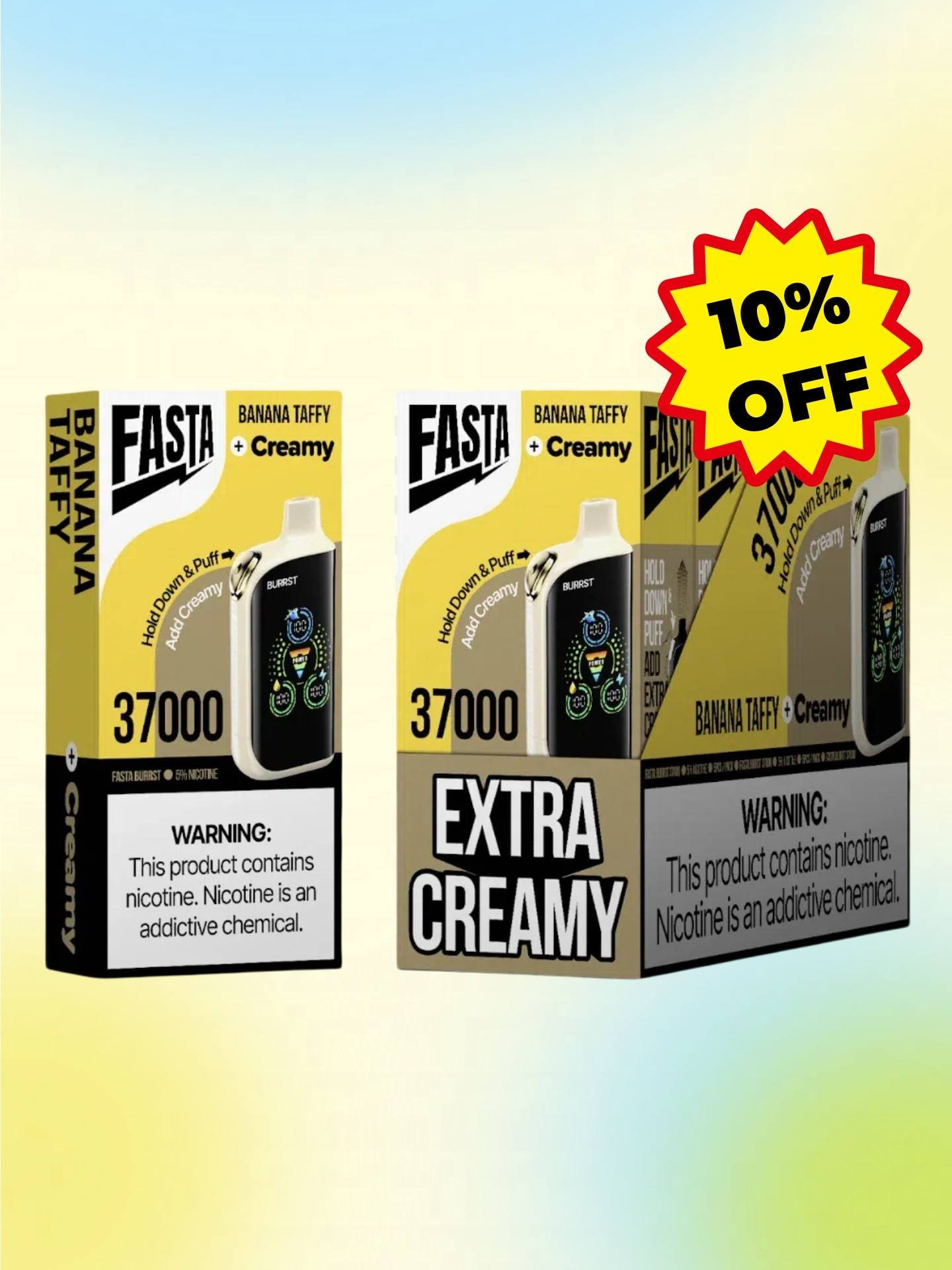
Curious about what’s in a vape? If you’ve ever wondered about the ingredients that make up a vape device or what vapor juice is, this article will provide you with a comprehensive look. Vaping has become a popular alternative to traditional smoking, but it’s essential to understand its contents and potential health risks.
What Is Vaping?
Before diving into the specifics of what is a vape, it’s important to know what vaping really means. Vaping involves inhaling vapor created by a vape device or e-cigarette. These devices heat e-liquids, also known as vapor juice or e-liquid, into a vapor that is then inhaled by the user. While often marketed as a safer alternative to smoking, vaping definition still raises questions about its long-term effects.
How Do Vapes Work?
Vapes come in various styles, but all share some key components: a battery, a heating element (or atomizer), a sensor, and a reservoir filled with e-liquid. The heating element vaporizes the liquid, which is then inhaled by the user.
What’s in a Vape?
So, what are in vapes? E-liquids, or vape juices, are the primary substance vaporized by these devices. They generally consist of the following ingredients:
1. Nicotine
One of the primary components of many e-liquids is nicotine, which is what creates the addictive sensation in vapers. Similar to traditional cigarettes, nicotine vape vs cigarette discussions have explored the fact that both can cause nicotine addiction. Even if a vape is labeled as nicotine-free, it may still contain trace amounts of nicotine, so always check the product details.
2. Propylene Glycol (PG)
Propylene Glycol (PG) is a common ingredient in e-liquids and acts as a carrier for nicotine and flavor. This liquid is responsible for creating the throat hit many vapers feel, which mimics the sensation of smoking a cigarette. Although generally recognized as safe for consumption in food and cosmetics, PG can have side effects when inhaled in large quantities, especially in sensitive individuals.
3. Vegetable Glycerin (VG)
Vegetable Glycerin (VG) is another ingredient used to create e-liquid. It’s thicker than PG and helps produce the dense clouds of vapor that many vapers enjoy. VG also offers a smoother experience compared to PG, making it a favored choice for users who want a gentler feel when vaping.
4. Flavorings
What makes vaping interesting for many is the variety of flavors available. From sweet to fruity to savory, the flavorings in e-liquids are typically food-grade chemicals. However, some of these chemicals can be harmful when inhaled, especially at higher temperatures. For instance, certain flavorings such as diacetyl, used in buttery flavors, have been linked to popcorn lung, a serious respiratory condition.
5. Other Chemicals
Aside from nicotine, PG, VG, and flavorings, e-liquids may also contain other chemicals designed to stabilize or enhance the liquid. Some of these substances can be harmful when vaporized and inhaled, so it’s essential to be cautious about the products you choose.
Vaping: Is It Safer Than Smoking?
Although vaping is often promoted as a safer alternative to smoking, it still carries risks. Here are some important facts about e-cigarettes to keep in mind:

1. Nicotine Addiction
Like cigarettes, many vapes contain nicotine, which can lead to dependence. This makes nicotine vape vs cigarettecomparisons important for understanding the addictive potential of both products.
2. Respiratory Health
Some chemicals in vape liquids, especially certain flavorings, have been linked to respiratory issues. For example, menthol flavorings and chemicals like benzaldehyde (found in cherry-flavored e-liquids) may cause breathing problems, especially in high concentrations.
3. Long-Term Health Effects
The long-term effects of vaping are still being studied. However, there are concerns about the impact of inhaling vaporized chemicals on lung and heart health, with studies indicating that vaping may increase the risk of certain cardiovascular and respiratory issues.
What Do Vapes Contain? The Bottom Line
When asking what do vapes contain, it’s clear that the ingredients can vary from product to product, but many of the most common substances include nicotine, propylene glycol, vegetable glycerin, and flavorings. While vaping may seem like a safer option compared to traditional smoking, it still poses potential health risks.
Where to Find Reliable Vaping Products
For those looking to purchase quality vaping products, it’s important to choose trusted sources. Kloudyx is an authorized retailer of vaping devices and e-liquids, offering fast shipping, a privacy guarantee, and authentic products. Whether you’re looking for nicotine vapes or flavored e-liquids, buying from a reputable source ensures that you’re getting safe, high-quality products.
Conclusion
Understanding what’s in a vape is crucial to making informed decisions about vaping. While e-cigarettes may offer a reduced risk compared to traditional smoking, they still contain substances like nicotine and chemicals that can be harmful to your health. As always, it’s a good idea to consult with a healthcare provider if you have concerns about the effects of vaping or nicotine consumption.
By choosing reliable vaping products from trusted retailers like Kloudyx, you can minimize some of the risks associated with vaping.



